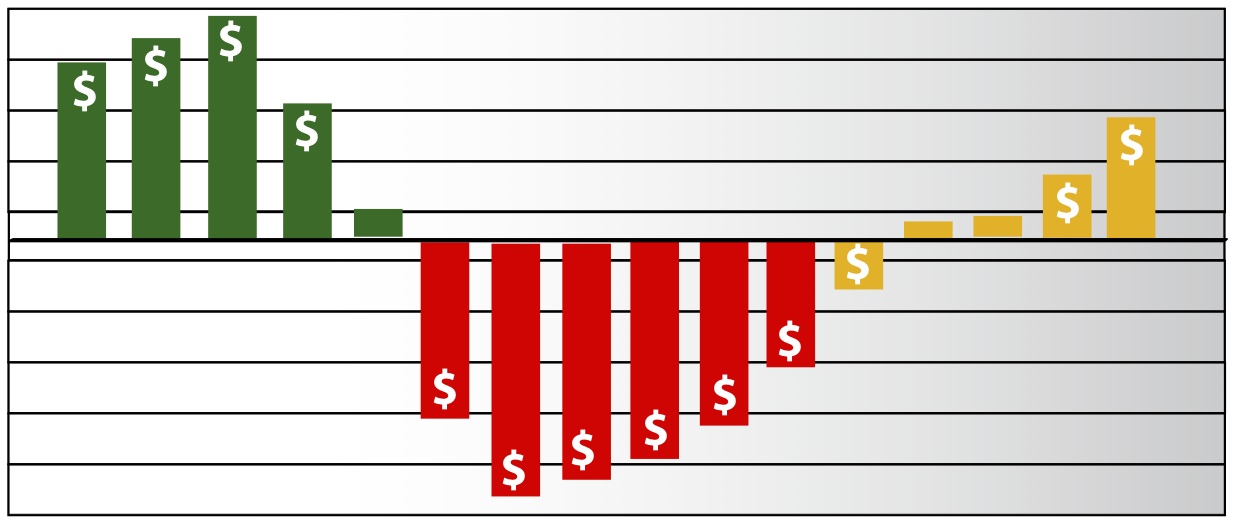By Steven Tavares.
Alameda County’s likely fiscal year budget shortfall will be additionally impacted by the state’s decision to begin asking municipalities to shoulder more of the costs for in-home health services.
Last week, Alameda County Administrator Susan Muranishi told the Board of Supervisors its early budget estimate to be released on Wednesday will reflect $40 million in lost funding for in-home care providers.
The additional burden on the county safety net will add to a certain funding gap for Fiscal Year 2017-18. Last year, Alameda County balanced a $72.2 million shortfall with one-time-only funds and cuts.
But the ending of the In-Home Supportive Services Maintenance of Effort will certainly further negatively influence this year’s budget projections.
Last week, the county administration was seeking an emergency meeting with the governor’s office over the cuts to IHSS. It would be the third such meeting over the past three weeks with either the governor or the state Department of Finance, said Alameda County Supervisor Keith Carson.
Nevertheless, a county budget analyst told the Board of Supervisors last week the $40 million in cuts to IHSS is already “booked” for its forthcoming budget projections. The amount of the county’s budget shortfall will also be released this day.
One of the main benefits of in-home supportive services is its ability to save money. Instead of placing patients with chronic and debilitating ailments in health care facilities, which are expensive, they can instead be treated at home. IHSS is a Medicare entitlement funded evenly between federal and state funds.
But as part of the 2012-13 state budget, Alameda County was among six other counties included in a demonstration project that aimed to lower the state’s Med-Cal costs. That project, known as the “Coordinated Care Initiative” (CCI) is due to expire at the end of June. Last January, the state Department of Finance announced it would discontinue CCI. Across the state, the decision will shift $625 million in IHSS costs to counties.
Alameda County’s finances as a whole may reflect a gradual downturn in the local economy. Last year’s $72.2 million represented the first uptick in the county’s deficit in four years. The $137 million shortfall in 2012 followed a staggering $177 million deficit in 2010, during the depths of the Great Recession.
Similar to other years, the main drivers of the county’s budget deficit is increases in salary and benefits, a 3.5 percent contract increase for some community-based organizations and continued high-demand for safety net social services.





